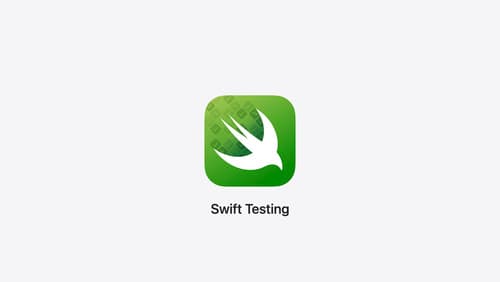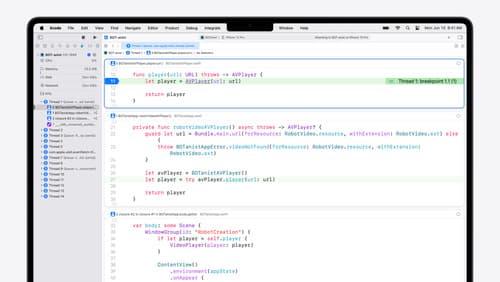How can I test SwiftUI views using Swift Testing framework?
Asked on 2024-07-30
1 search
To test SwiftUI views using the Swift Testing framework, you can follow these steps:
-
Create a Test File: Start by creating a new file in your test folder. For example, you might name it
PlantTests. -
Import the Testing Framework: Import the Swift Testing framework and your app module.
-
Write a Test Function: Define a function for your test and use the
@Testattribute to mark it as a test. You can provide a custom display name as an argument to the@Testattribute to make it easier to understand what the test is doing. -
Use the
expectMacro: Within your test function, use theexpectmacro to evaluate the result of any Swift expression. This macro allows you to write both simple and complex checks. -
Organize Tests with Tags: Swift Testing allows you to use tags to organize and filter your tests. You can create custom tags and apply them to your tests to group related tests together.
Here is an example of how you might write a test for a SwiftUI view:
import SwiftTesting
import MyApp
@Test("Planting Roses")
func testPlantingRoses() {
// Create a plant of type Rose
let rose = Plant(type: .rose)
// Create a second plant of type Rose with a specific style
let graftedRose = Plant(type: .rose, style: .grafting)
// Verify that the default planting style is grafting
expect(rose.style == .grafting)
expect(graftedRose.style == .grafting)
}
Additional Features of Swift Testing
- Async/Await Support: Swift Testing integrates seamlessly with Swift concurrency, supporting
async/awaitand actor isolation. - Parameterized Tests: You can easily parameterize tests to run the same logic over a sequence of values.
- Tag-Based Organization: Tags can be used to group tests across different suites, making it easier to run related tests together.
For more detailed information, you can refer to the sessions from WWDC:
These sessions provide comprehensive insights into the features and usage of the Swift Testing framework.

Meet Swift Testing
Introducing Swift Testing: a new package for testing your code using Swift. Explore the building blocks of its powerful new API, discover how it can be applied in common testing workflows, and learn how it relates to XCTest and open source Swift.

What’s new in Xcode 16
Discover the latest productivity and performance improvements in Xcode 16. Learn about enhancements to code completion, diagnostics, and Xcode Previews. Find out more about updates in builds and explore improvements in debugging and Instruments.

Platforms State of the Union
Discover the newest advancements on Apple platforms.
